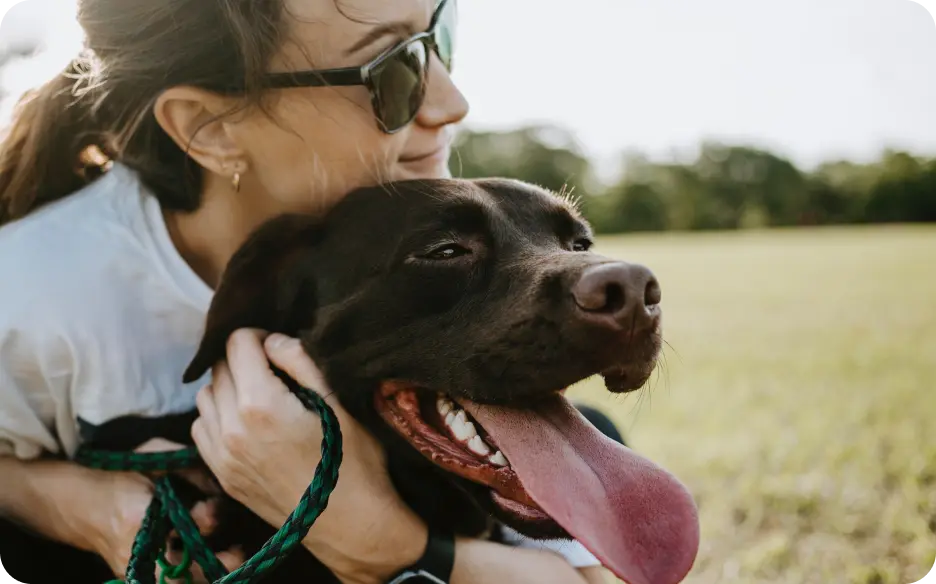Grooming your dog is a vital aspect of pet care that enhances both comfort and appearance. Regular grooming not only ensures your dog looks their best but also contributes to their overall health. Whether you have a long-haired breed needing frequent trims or a short-haired dog requiring occasional touch-ups, grasping the basics of cutting dog hair empowers you to tackle the task confidently.
Creating a Calm Environment
The emotional aspect of grooming deserves attention. Dogs can often feel anxious about grooming, especially if they are not accustomed to it. Establishing a calm and positive atmosphere is essential. Allow your dog to explore the grooming tools—let them sniff the clippers, brushes, and scissors, rewarding them with treats and praise. This builds trust, transforming grooming into a more enjoyable experience.
Essential Grooming Tools
Before starting, gather the necessary tools. Investing in quality grooming scissors, clippers, and a comb makes a noticeable difference. Choose scissors designed specifically for dog hair, ensuring they are sharp. Select clippers with adjustable blades to modify the cut length as needed. A comb is indispensable for detangling knots and facilitating a smoother cutting process.
Choosing the Right Location
Select a suitable grooming location that is well-lit and free of distractions. A non-slip surface is crucial to prevent your dog from slipping or becoming frightened. Some pet owners prefer indoor grooming, while others opt for outdoor sessions when the weather permits. Ensure your dog feels comfortable and secure in the chosen space.
Bathing and Brushing Before Cutting
Before cutting, give your dog a bath. A clean coat simplifies the grooming process and ensures a more even cut. Use a dog-specific shampoo to avoid skin irritation. After bathing, gently dry your dog with a towel or a pet dryer, if they are comfortable. Brushing your dog’s coat beforehand helps remove loose hair and tangles.
Systematic Cutting Approach
When it’s time to cut, work in sections. This method enhances control and prevents missing spots. Start with a small section, using a comb to lift the hair away from the skin. Depending on your dog’s coat type, use scissors for precision or clippers for a quicker trim. Exercise caution with scissors to avoid cutting too close to the skin and choose the appropriate clipper blade length for the desired cut. Move slowly and steadily for a smooth finish.
Attention to Detail
Different areas of your dog’s body require special attention. The hair around the face, paws, and tail often needs careful handling. Use rounded-tip scissors when cutting near the eyes to minimize injury risk. For the paws, gently lift each one and trim the hair between the pads and around the edges. Pay attention to the tail, as some breeds have longer fur that can easily become tangled.
Observing Your Dog’s Comfort
Monitor your dog’s temperament during grooming. If they seem stressed, take a break. Offering treats or short breaks between sections can help maintain a calm atmosphere. Patience is key; if your dog is unaccustomed to grooming, it may take several sessions for them to relax.
Final Touches and Cleanup
After the haircut, review your work. Trim any uneven spots and check for missed tangles or knots. Once satisfied with the cut, give your dog a final brush to remove stray hairs, ensuring a neat appearance. Cleaning up after grooming is also important. Collect loose hair and dispose of it properly. If using clippers, clean the blades according to the manufacturer’s instructions to prolong their life and efficiency.
The Importance of Regular Grooming
Grooming goes beyond aesthetics; it’s crucial for your dog’s health. Regular haircuts prevent matting, reduce shedding, and enhance comfort, especially in warmer weather. Maintaining a clean coat helps identify skin issues or abnormalities early.
Seeking Professional Help
If at any point you feel overwhelmed, professional assistance is an option. Trained groomers can handle various breeds and temperaments, providing expert care. They can also offer tips and techniques to help you improve your skills for future grooming sessions.
Specialized Grooming Techniques
Certain breeds require specialized grooming techniques. Breeds like poodles and bichon frises benefit from regular trims to maintain their distinct looks. If you own a breed needing specific styles, consider taking a class or watching tutorials from experienced groomers to enhance your skills and confidence.
Establishing a Grooming Routine
Frequency of grooming depends on your dog’s coat type. Long-haired breeds may require grooming every few weeks, while short-haired breeds might only need it every few months. Keeping a regular grooming schedule helps maintain your dog’s coat and prevents matting.
Bonding Through Grooming
Grooming can transform into a bonding experience between you and your dog. With patience and practice, it can evolve into a positive routine that both you and your dog anticipate. Celebrate small victories, and reward your dog for good behavior during grooming sessions.
Mastering the skill of cutting dog hair is invaluable for any pet owner. It enables you to maintain your dog’s coat and health while fostering a positive experience. As you gain experience, your comfort with the process will grow, allowing you to develop a grooming style that caters to your dog’s specific needs. Embrace the journey, and cherish the time spent with your beloved pet.



